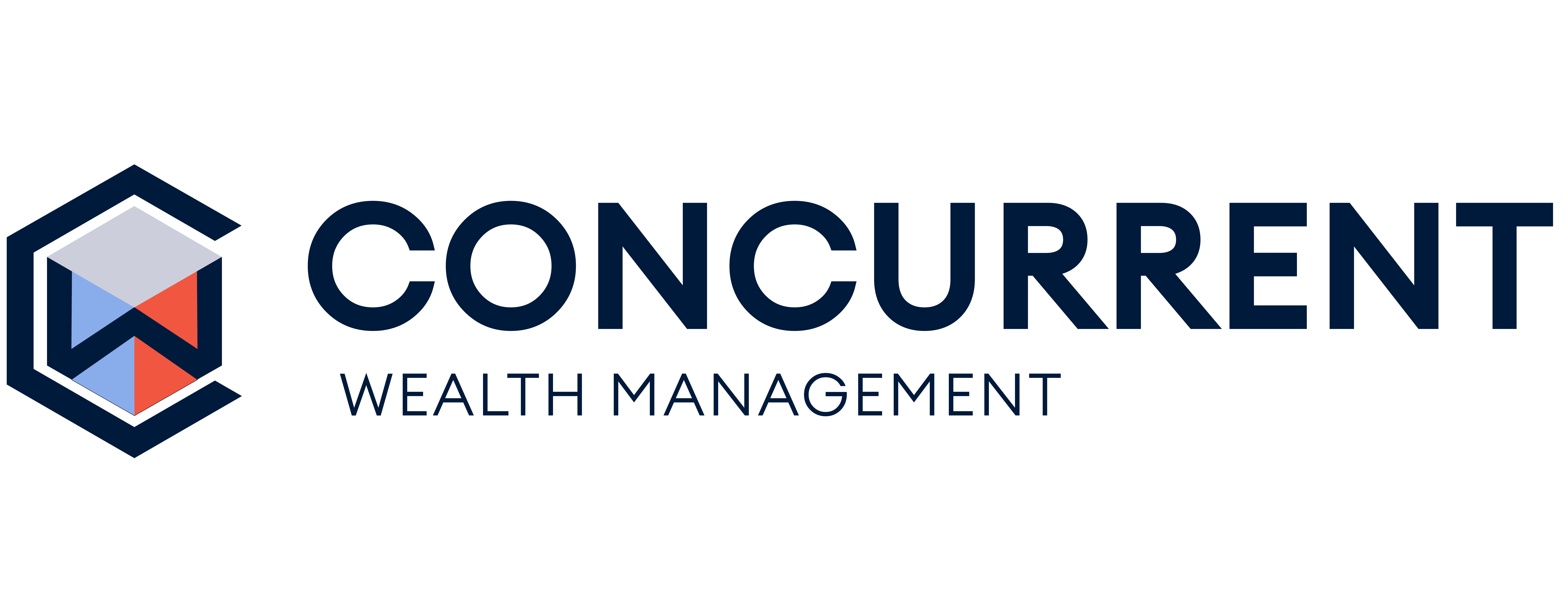The 1% Question: Fair Fee or Outdated Model?
For decades, the 1% financial advisor fee has been a benchmark in the wealth management industry. The model is simple: advisors charge 1% of your assets under management (AUM), scaling their compensation with the size of your portfolio.
But simplicity doesn’t always equal fairness.
On a $2 million portfolio, that’s a $20,000 annual fee. And in today’s environment, where clients are demanding more holistic planning and greater transparency, many are asking, “What am I really getting for that 1%?”
Why the 1% Fee Is Facing Scrutiny
More investors—especially Gen X professionals—are reconsidering the value of their advisory relationship.
Online forums like Reddit are filled with users questioning whether they’re getting their money’s worth. Nearly 58% of clients do not fully understand how their advisor is compensated¹.
Meanwhile, top reasons clients fire their advisors include poor communication, lack of comprehensive planning, and not acting in the client’s best interest².
Investor satisfaction significantly drops when there’s a disconnect between fees and delivered value³.
This isn’t just dissatisfaction; it’s a market correction in expectations.
What Should the 1% Fee Include?
If you’re paying a 1% fee, you deserve more than just investment management. Here’s what should be included in a modern, comprehensive financial advisory relationship:
1. Tax Planning
Proactive tax planning strategies like tax-loss harvesting, Roth conversions, charitable giving, and bracket management should be integrated into your plan⁴.
2. Retirement Income Design
Your advisor should guide you in structuring sustainable and tax-efficient retirement income from multiple accounts, including IRAs, taxable accounts, and pensions.
3. Estate & Legacy Planning
Your advisor should coordinate with your estate attorney to ensure estate planning documents and beneficiary designations align with your broader financial goals.
4. Insurance & Risk Management
Advisors should assess your risk management strategy annually, reviewing coverage for life, disability, long-term care, and liability.
5. Cash Flow & Lifestyle Alignment
A strong plan includes tools to align your spending and saving with your values, creating a lifestyle roadmap that supports purpose and financial health.
6. Behavioral Coaching & Emotional Management
Behavioral coaching may be the most underrated value-add of an advisor, helping clients avoid reactionary decisions and stay focused during market volatility.
7. Life Planning
Ultimately, life planning is the convergence of your money, your goals, and your purpose. An advisor should help you connect wealth with well-being.
Flat-Fee vs. AUM: What’s the Better Fit?
For a $2M portfolio, a 1% fee equals $20,000, which is reasonable if you are receiving comprehensive financial advice and investment management. A flat-fee advisor might charge $10,000 annually for the same or better service, and if you want investment management services, they will charge an additional separate fee. Discover Concurrent Wealth’s transparent services and pricing to see how we enhance your life and financial journey.
Many Gen X investors now prefer:
- Flat-fee financial planning
- Subscription-based coaching models
- Hourly or project-based advice
High-net-worth investors value clear pricing and comprehensive planning over market-beating promises⁵.
Case Study: When the Fee Doesn’t Match the Value
A couple in their mid-50s with $2.5M in assets was paying a traditional 1% fee. They had no tax strategy, no estate planning guidance, and their advisor had never initiated a values conversation.
After switching to a flat-fee firm, they paid $12,500/year and received:
- Full retirement income strategy
- Roth conversion analysis
- Estate coordination
- Charitable giving roadmap
- Integrated life planning
They also saved over $75,000 in projected taxes.
That’s real value—and real impact.
When Should You Fire Your Advisor?
It might be time to reconsider your relationship if:
- You don’t understand how your advisor is paid
- They don’t initiate tax or estate reviews.
- They rarely reach out unless the market moves.
- They only talk about your portfolio, not your life.
- You don’t feel seen, heard, or understood
You deserve a financial partner, not a passive account manager.
The Fiduciary Factor
If your advisor isn’t acting as a fiduciary at all times, their recommendations may be influenced by commissions or sales incentives.
Ask:
- “Are you a fiduciary 100% of the time?”
- “Do you receive commissions or referral fees?”
- “How do you manage conflicts of interest?”
Transparency is non-negotiable.
Ready for a Second Opinion?
At Concurrent Wealth Management, we believe financial planning should be comprehensive, transparent, and aligned with your life. If you’re questioning your current advisor’s value—or want a second opinion—schedule a no-pressure consultation.
Key Takeaways
- A 1% fee should include tax, estate, behavioral, and lifestyle planning—not just portfolio management.
- Flat-fee and subscription models are growing because they reflect value, not just asset size.
- Fiduciary, transparent advice is essential to aligning your money with your life goals.
References (APA Format)
Morningstar. (2024). What Investors Told Us They Want From Advisors. https://www.morningstar.com/financial-advisors/what-investors-told-us-they-want-advisors
CNBC. (2023, April 21). Top Reasons to Fire a Financial Advisor, Say Experts. https://www.cnbc.com/2023/04/21/top-reasons-to-fire-a-financial-advisor-say-experts.html
JD Power. (2025). U.S. Investor Satisfaction Study. https://www.jdpower.com/business/press-releases/2025-us-investor-satisfaction-study
NerdWallet. (2024). Fee-Only vs. Fee-Based Financial Planners. https://www.nerdwallet.com/article/investing/fee-only-vs-fee-based-planners
Kitces, M. (n.d.). High-Net-Worth Advisor Expectations. https://www.kitces.com/blog/high-net-worth-hnw-prospects-advisor-services-ceg-insights-data-john-bowen/





